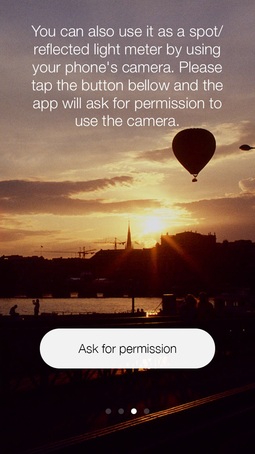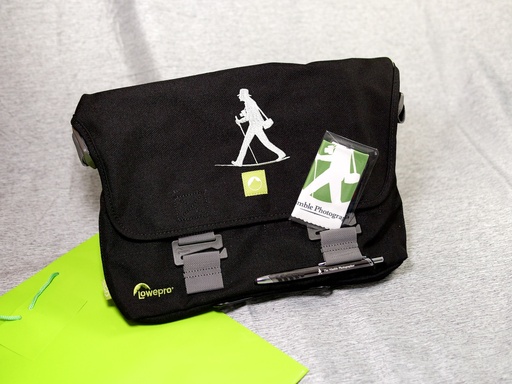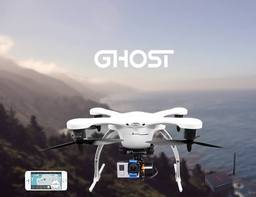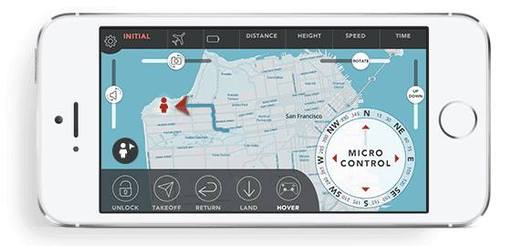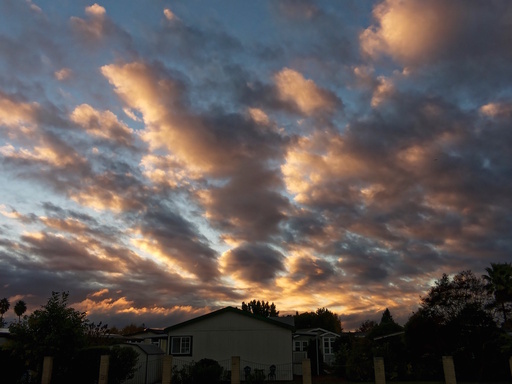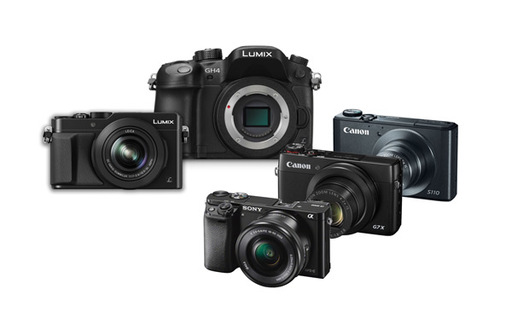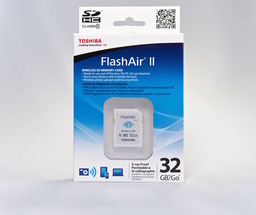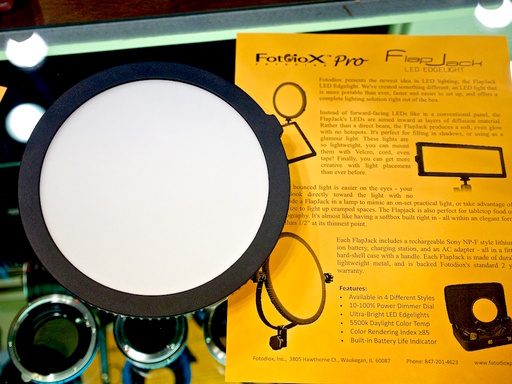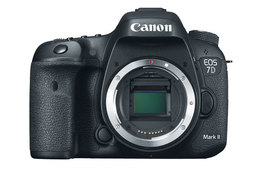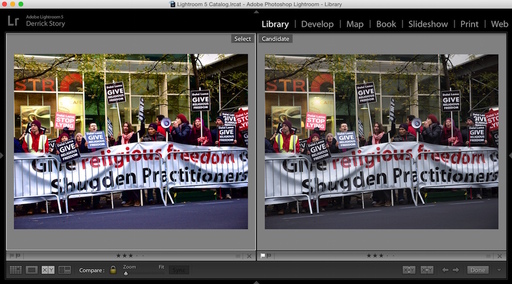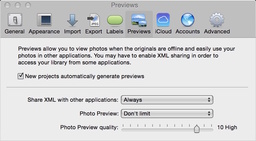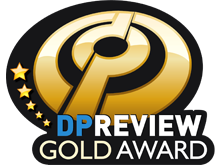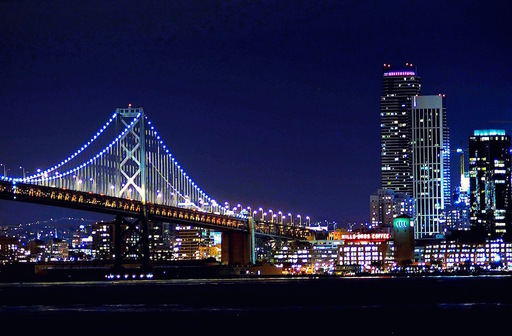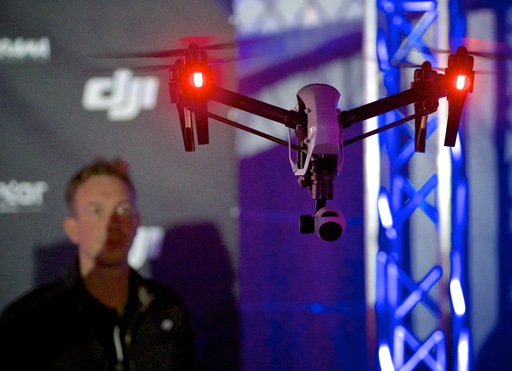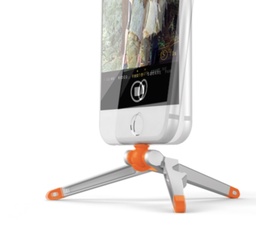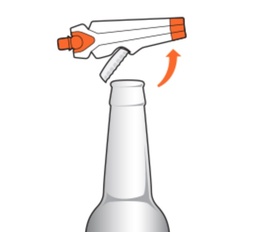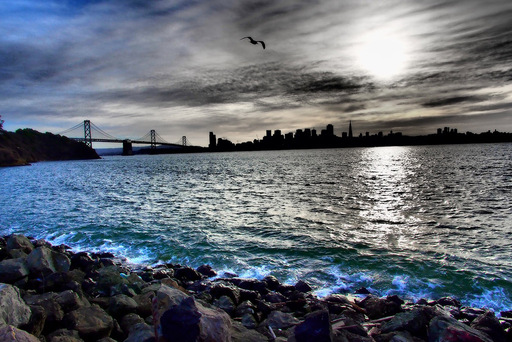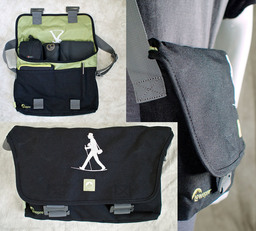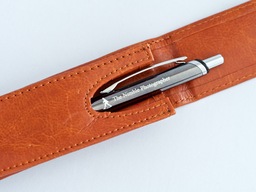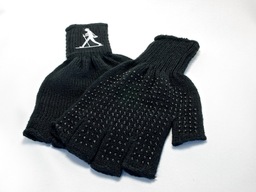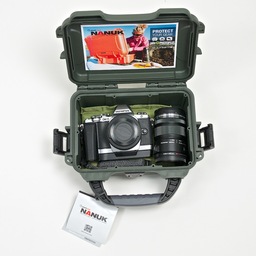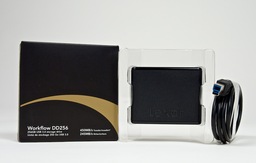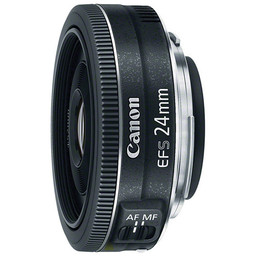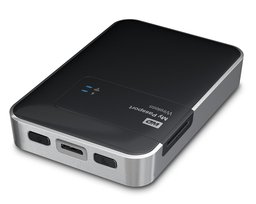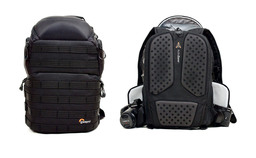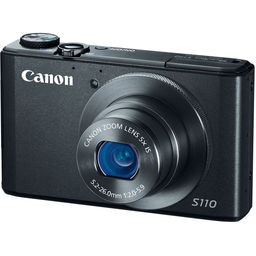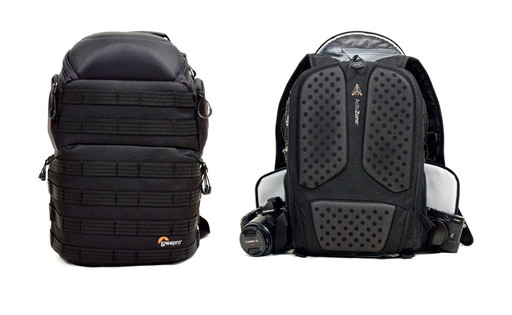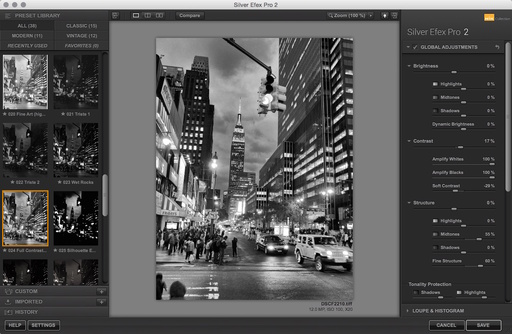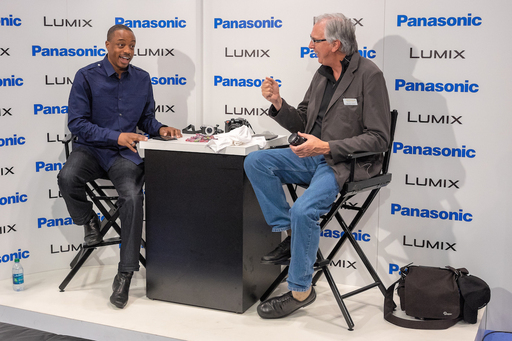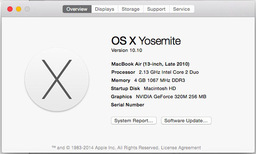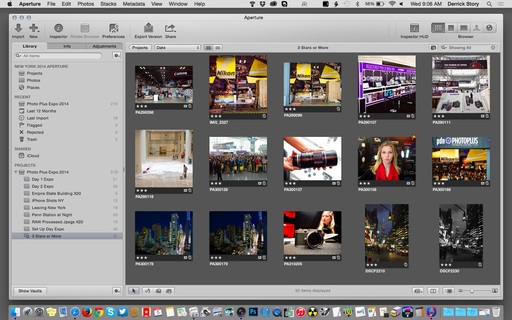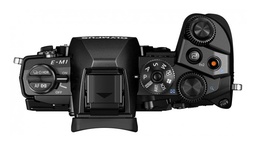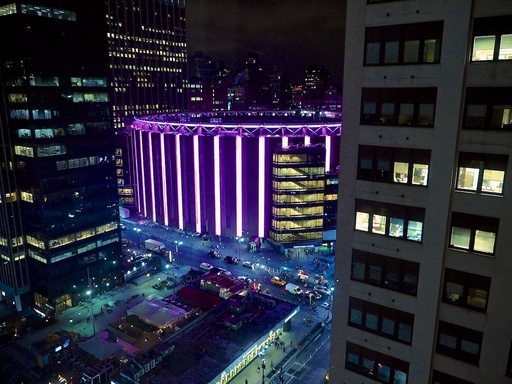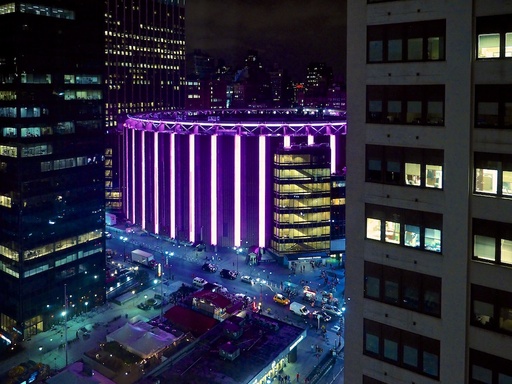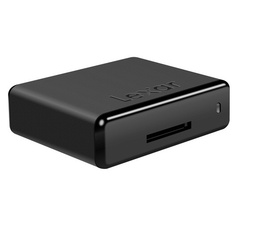This week on The Digital Story Photography Podcast: In-Camera RAW Processing, Notes from New York, Photography as Meditation - All of this and more on today's show with Derrick Story.
Snapshot - Left my hotel for dinner in NY with the X20 in my jacket pocket and just enough light in the sky. A few minutes later I experienced one of those moments I just love.
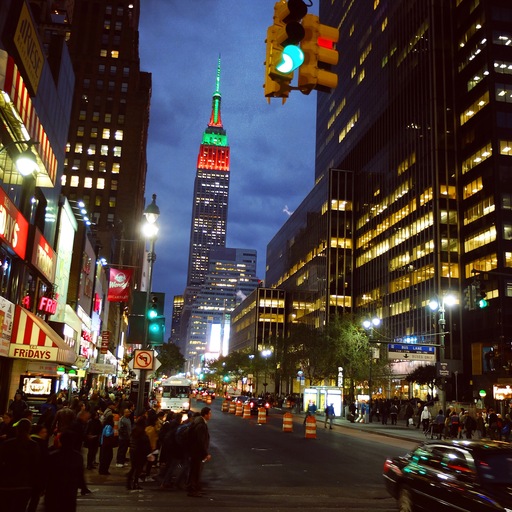
Weekly Update - Olympus gives us a peek at the 300mm f/4 that's coming in 2015 (PhotoPlus Expo 2014).
In other news, Epson SureColor P600 looks like a great enthusiast/pro printer. This 13" printer yields incredible blacks and vibrant colors. Shipping starts in early 2015. Estimated price is $799. (PhotoPlus Expo 2014)
And finally, How to Use Keystone Compensation with the Olympus OM-D E-M1. (Source: The Digital Story).
Story #1 - In-Camera RAW Processing: A Powerful, Yet Often Overlooked Feature. Here's a look why I think you should consider a second look at this capability.
Story #2 - PhotoPlus Expo Recap - Great week in New York. My highlight was visiting with so many members of our virtual camera club community. Here's more about it.
Story #3 - Book of the Month: Photography as Meditation - Tap the source of your creativity. Use discount code: PMED at RockyNook.com
Virtual Camera Club News
Photo Assignment for November 2014 is "Layers".
Pano Cards from Red River
Inkjet Pano Cards are guaranteed to turn heads and get friends, family, and clients to take notice of your work.
Pano Cards are perfect for your your landscapes and wide angle shots. Try something new and make a tall crop for your work printing on the card vertically. Unfolded, the pre-scored sheets are 8" x 9". When folded, the Pano Card is 9" x 4". The Pano Card uses a standard #10 business envelope. Learn more at Pano Card FAQ page.
A Note from SizzlPix
They've ramped up their capacity, so we can go for volume for the holidays.
Special for TDS listeners, a 20% discount on all SizzlPix ordered, now through end of November! For orders placed by October 31, there should still be time for free mini-samples prior to production.
Using the comment space on the newly streamlined SizzlPix order page, write "TDS 20 percent discount," and if a free mini-proof is wanted prior to production, "free proof first," and your mailing address.
And Finally...
If you haven't done so already, please post a review for The Digital Story Podcast in iTunes.
BTW: If you're ordering through B&H or Amazon, please click on the respective ad tile under the Products header in the box half way down the 2nd column on thedigitalstory.com. That helps support the site.
Download the Show
In addition to subscribing in iTunes, you can also download the podcast file here (30 minutes). You can support this podcast by purchasing the TDS iPhone App for only $2.99 from the Apple App Store.
More Ways to Participate
Want to share photos and talk with other members in our virtual camera club? Check out our Flickr Public Group. And from those images, I choose the TDS Member Photo of the Day.
Podcast Sponsors
lynda.com - Learn lighting, portraiture, Photoshop skills, and more from expert-taught videos at lynda.com/thedigitalstory.
Red River Paper -- Keep up with the world of inkjet printing, and win free paper, by liking Red River Paper on Facebook.
SizzlPix! - High resolution output for your photography. You've never seen your imagery look so good. SizzlPix.com. SizzlPix! now is qualified for PayPal "Bill Me Later," No payments, No interest for up to 6 months, which means, have your SizzlPix! now, and pay nothing until January!
Want to Comment on this Post?
You can share your thoughts at the TDS Facebook page, where I'll post this story for discussion.
